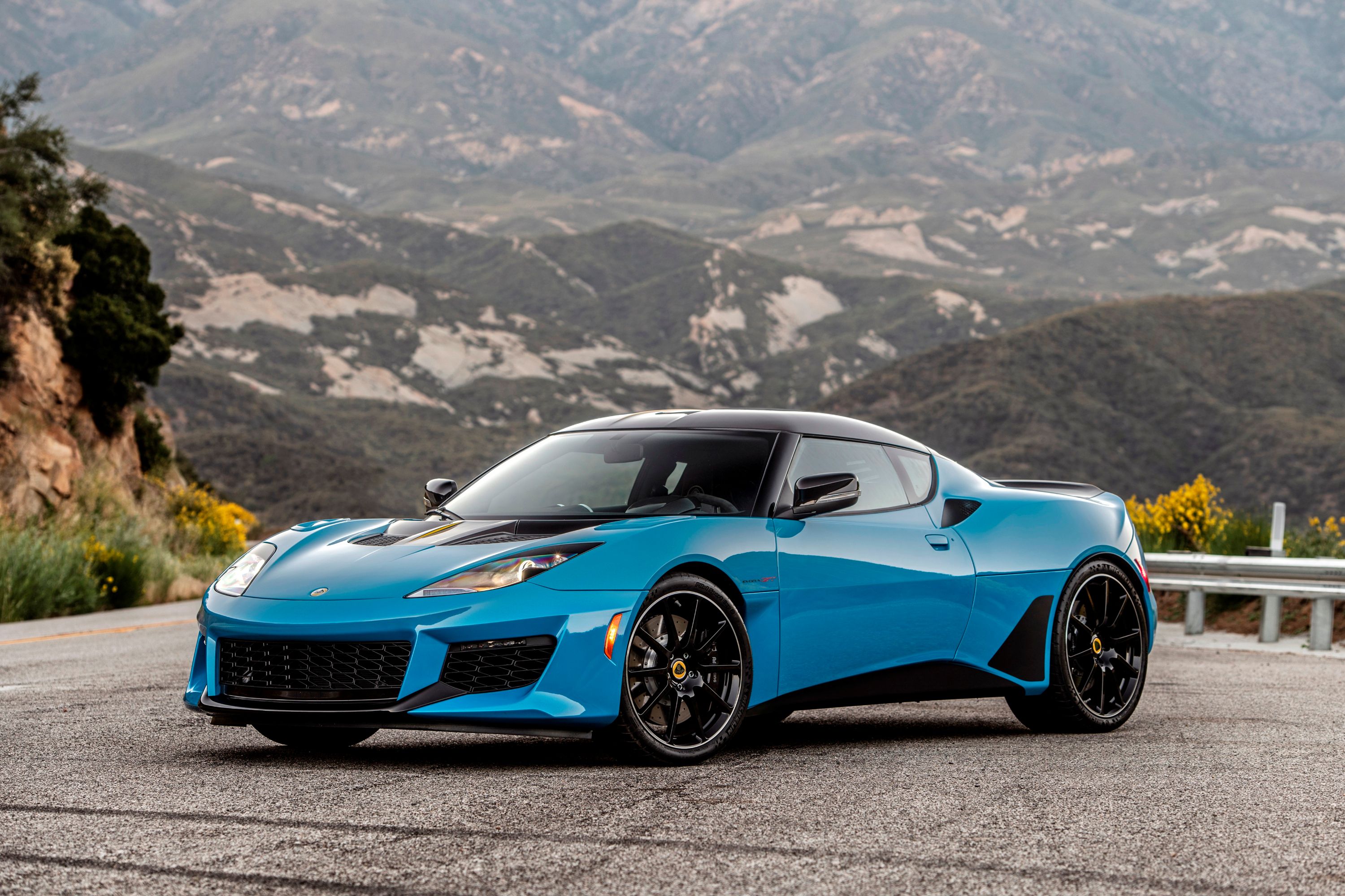
Radford Motors has delivered what it promised. Introducing the Lotus Type 62-2, the first modern coachbuilt car by Radford, the first project of the British venture consisting of former Formula 1 champion Jenson Button, car designer Mark Stubbs, and TV personality Ant Anstead. Inspired by the legendary Lotus 62 racer cars from the 1960s, this street-legal machine combines retro styling with a modern-day chassis, a race car-inspired suspension, and interior features from the outgoing Lotus Evora. The also familiar 3.5-liter supercharged V6 is mid-mounted and produces up to 600 horsepower.
There are actually three specifications, each with a different output. The base Type 62-2 "Classic" has 430 hp, while the "Golden Leaf" increases that output to 500 hp due to upgraded camshafts and pistons. The "JPS" is the top dog thanks to a new supercharger and enhanced tuning software. A six-speed manual is found in the Classic and a seven-speed dual-clutch is optional. Both the Gold Leaf and JPS are equipped only with the DCT and an electronic limited-slip differential.
The lower two trims receive four-piston AP Racing brakes and the JPS's stopping power comes from carbon-ceramic units. Regardless of spec, all Type 62-2s have the same Lotus-sourced monocoque chassis along with a fully bespoke subframe with added strength and stiffness. Total dry weight comes to only 2,204 pounds, very much in keeping with Lotus founder Colin Chapman's lightweight philosophy. Jenson Button personally calibrated the car to make it "feel alive and on its toes." Owners will enjoy outstanding steering and driver feedback whether they're on a highway, fast-flowing circuit, or less crowded roads.
Styling-wise, the Classic forgoes the rear wing and has staggered 17- and 18-inch wheels, front and rear. The Gold Leaf has more of a retro look with a classic Lotus race car livery, enhanced aerodynamics, and a double ducktail spoiler for better downforce. Wheel sizes increase by one inch at both ends.
Other noteworthy exterior elements include the angular LED headlights and wide-bore ceramic coated exhaust pipe tips. The driver-focused interior is a fully modern setting with two compact wing mirror cameras mounted inside their housings that project exterior images to screens on each A-pillar. The rear-view mirror has also been swapped for a camera since rear visibility isn't possible because of the solid rear panel. The driver instead has a digital rear-view screen. A six-inch driver's gauge cluster screen includes Wi-Fi and Bluetooth connectivity. A five-speaker sound system is also standard.
Production is limited to only 62 examples and production aims to kick off in California in a few months. The first cars should be on the road by early next year. Pricing was not announced.
